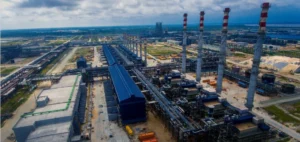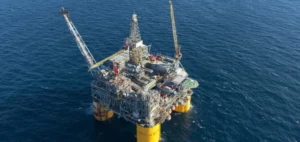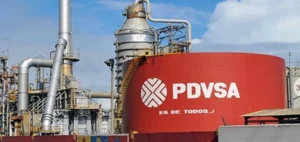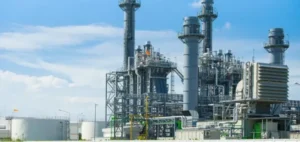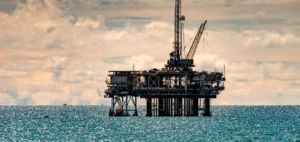Oil prices were rising Friday to their highest in nearly a month after a week of consecutive gains, with voluntary OPEC+ production cuts offsetting an outlook
macroeconomic conditions.
Around 09:40 GMT (11:40 in Paris), the barrel of Brent North Sea for delivery in December took 0.44% to 94.84 dollars.
A barrel of U.S. West Texas Intermediate (WTI) for November delivery was up 0.47 percent at $88.87.
Earlier in the session, Brent crude reached $95 and WTI $89.37, the highest levels since mid-September.
The Organization of the Petroleum Exporting Countries (Opec+) decided on Wednesday on a drastic cut in its quotas, which could “be a turning point for the market,” warned analysts at ANZ.
“Production was already constrained by several disruptions, with European sanctions on Russian oil expected to take effect in December,” they added.
As a result, prices “could break out of the negative trend they have been in since June,” said Han Tan, an analyst at Exinity.
As the summer progressed, crude oil prices plummeted with the prospect of less sustained global economic activity and therefore less growth in demand for black gold.
“Despite the recent rise in prices, we believe they would have to be even higher for demand to begin to suffer,” estimates Mark Haefele, an analyst at UBS.
The Opec+ decision is also a political headache and a diplomatic slap in the face for US President Joe Biden, who is trying to curb inflation and pump prices in the US ahead of the mid-term elections in November.
“There is little room for maneuver in the global oil market, with little spare capacity and depleting reserves,” Haefele warns.















